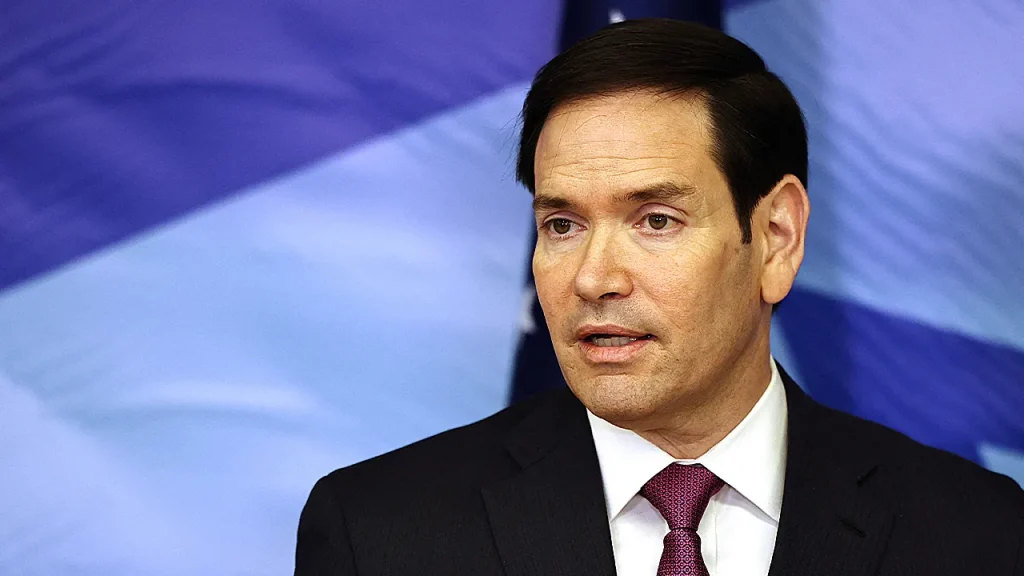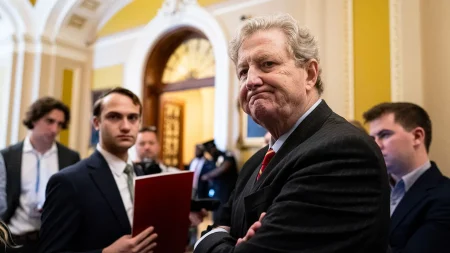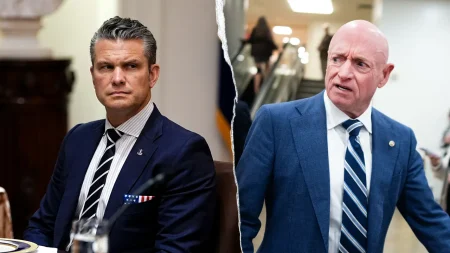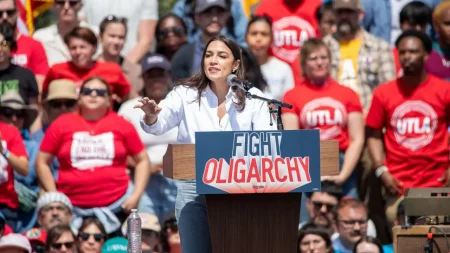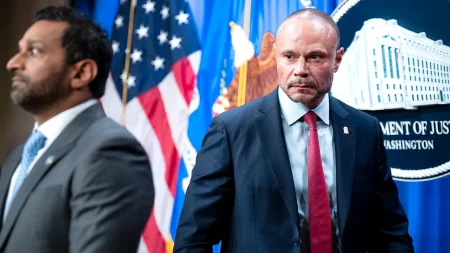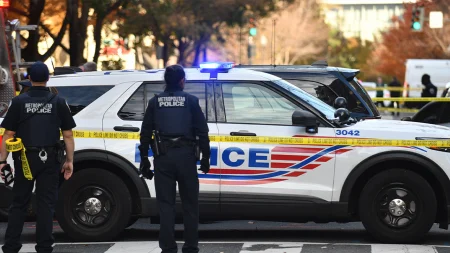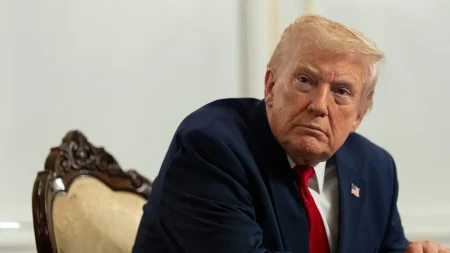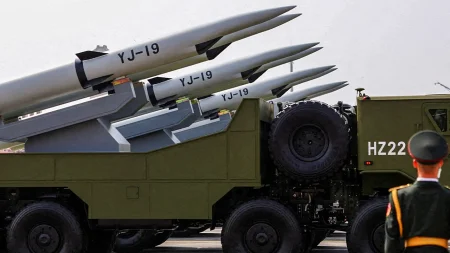State Department Cuts Travel Budget by Nearly $100 Million Under Trump Administration
In a significant shift towards fiscal conservatism, the State Department has dramatically reduced its travel expenditures in 2025, spending almost $100 million less compared to the previous year under the Biden administration. According to exclusive documents obtained by Fox News Digital, travel spending from January through September dropped from $306 million in 2024 to $212 million this year. This 31% reduction reflects the Trump administration’s broader commitment to trimming government spending and reallocating resources. “The Trump Administration has consistently been on the side of the American people and the American taxpayer, and these numbers prove that,” stated Tommy Piggot, principal deputy spokesperson for the State Department, emphasizing the administration’s focus on “real diplomacy, not meetings for the sake of meetings.”
The spending cuts have been implemented across both domestic and international travel categories, with domestic travel seeing a reduction of $37 million. Much of this decrease stems from fewer staff attending conferences, which alone accounted for nearly $7 million in savings. Site visits and consultations within the United States decreased by approximately $14 million, while domestic special mission travel fell by around $5.5 million. These reductions signal a shift in how the State Department conducts its domestic operations, prioritizing essential travel while cutting back on in-person events that could be handled through alternative means. The changes reflect a more austere approach to conducting diplomatic business within national borders.
Overseas travel has experienced even more substantial cuts, decreasing from $206 million to $149 million during the same period. Site visits and consultations abroad were reduced by approximately $12.5 million, and travel for training purposes fell by around $15 million. These international travel reductions align with the administration’s “America First” foreign policy approach, which emphasizes a more selective engagement with international partners and organizations. By reducing the frequency of overseas trips, the State Department appears to be recalibrating how American diplomacy manifests globally, focusing on high-priority relationships and initiatives rather than maintaining the previous administration’s broader international presence.
These travel reductions represent just one component of a comprehensive effort to reshape and downsize the State Department’s operations and spending. In April 2025, the Office of Management and Budget recommended slashing the combined budget of the State Department and USAID by nearly half for the upcoming fiscal year, from approximately $55 billion to $28.4 billion. Such dramatic cuts would significantly impact humanitarian assistance and global health programs, potentially reducing their funding by more than 50%. The administration has also signaled its intention to potentially close or substantially reduce operations at dozens of U.S. diplomatic missions abroad, fundamentally altering America’s diplomatic footprint around the world and reflecting a more restrained vision of U.S. global engagement.
The budget-cutting initiatives have already resulted in personnel reductions, with the department initiating layoffs of over 1,300 domestic staff as of July 2025. These staffing cuts, combined with the travel reductions, represent a fundamental reshaping of how American diplomacy operates both at home and abroad. Supporters view these measures as necessary corrections to what they perceive as bloated government spending and an overextended diplomatic presence. The administration appears to be prioritizing efficiency and fiscal responsibility, arguing that a leaner State Department can still effectively represent American interests globally while better serving taxpayers through reduced expenditures.
Critics, however, may view these substantial cuts with concern, questioning whether such dramatic reductions might diminish America’s global influence and ability to respond to international crises. The significant decrease in humanitarian assistance and global health program funding could impact vulnerable populations worldwide who have historically benefited from U.S. aid. Additionally, the potential closure or scaling back of diplomatic missions may reduce America’s on-the-ground presence and ability to build relationships in strategic regions. While the administration emphasizes “real diplomacy,” the definition of effective diplomatic engagement appears to be undergoing a fundamental reinterpretation, with far-reaching implications for U.S. foreign policy and America’s role in the international community. These changes reflect not just budgetary decisions but a deeper philosophical shift in how the United States engages with the world.





